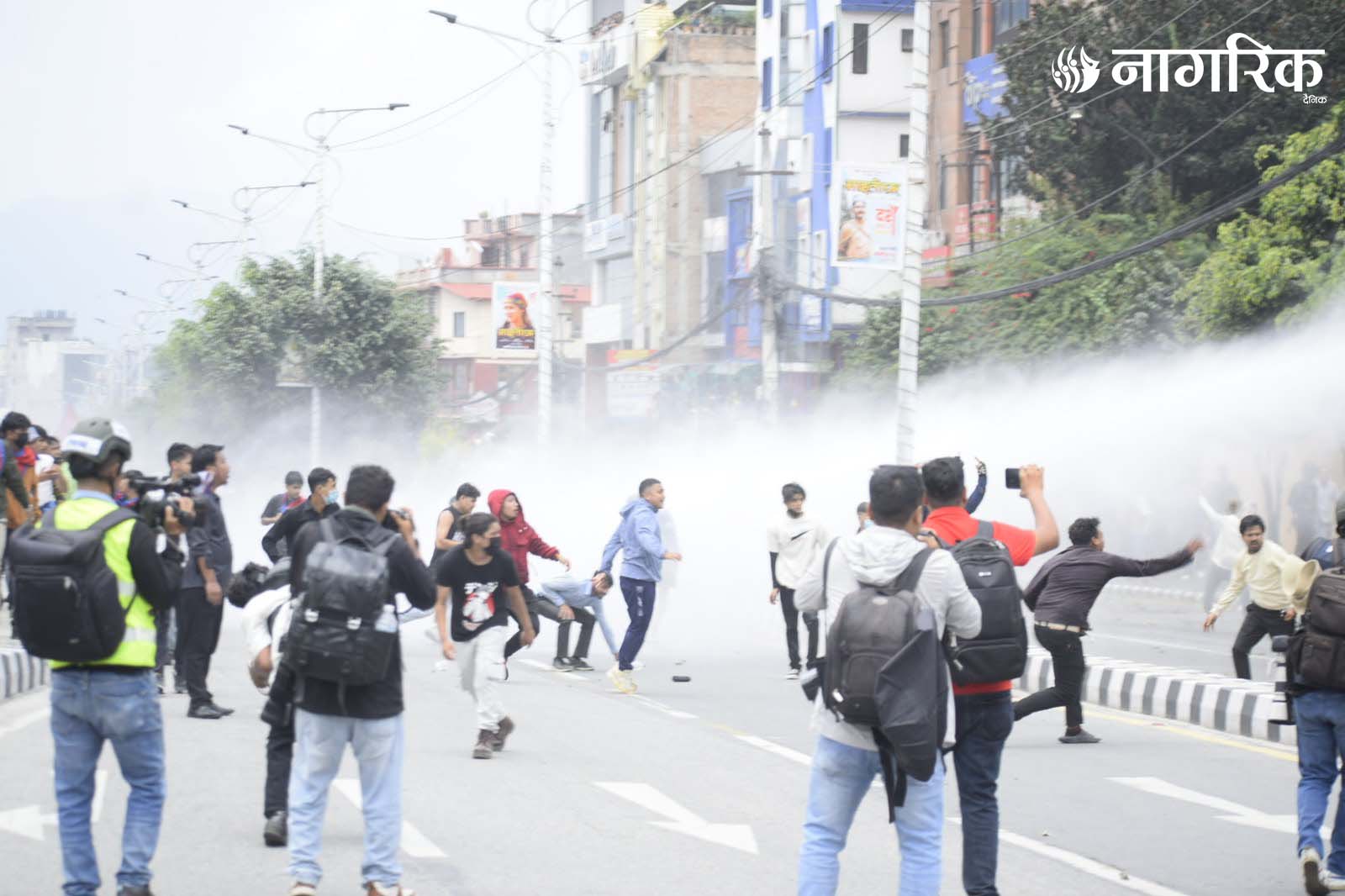The report that Baraha Pokhari Rural Municipality in Khotang district, eastern Nepal, awarded Rs 100,000 to a family that returned to their ancestral village after nearly two decades has not only drawn attention but also raised concerns that Nepal’s hill villages are rapidly being deserted. About two decades ago, roughly 44% to 45% of Nepal’s total population lived in the hills, and about 7% to 8% lived in the mountain region. The Terai plains accounted for 48.4% of the country’s total population. More recent data, however, shows that the population of the hill and mountain regions is shrinking as a percentage, while the Terai and urban areas have grown rapidly. According to the 2021 National Population and Housing Census of Nepal, the population in the Terai region—which constitutes about 17% of the country's total territory—has reached almost 54%, while the population in the remaining territory is about 46%. This demographic shift, resulting from rapid outmigration from the hill areas, presents challenges for rural communities, including potential depopulation and the loss of traditional livelihoods. It also has broader social and political repercussions. In this context, the initiative taken by Baraha Pokhari Rural Municipality to reward a family that returned to their ancestral village is a step in the right direction. This will not only encourage people to return to their ancestral villages and start afresh, but also motivate others to stay in their home villages.
For years, Nepal's hill regions have witnessed alarming rates of outmigration. The Maoist insurgency in the 1990s triggered much of this migration, as people sought safety. The trend continued even after the conflict ended, with young people and entire families moving to urban centers and the Terai plains, attracted by better access to education, healthcare, employment, and modern amenities. Left behind are aging populations, abandoned fields, and villages struggling to maintain even basic services. If current trends continue, the hills could soon be deserted, with the country's population dangerously concentrated in a few urban pockets. It is important to recognize that this demographic shift is not just a population issue—it is an economic, social, and environmental concern. Abandoned farmlands threaten food security. Disbanded communities erode Nepal’s rich cultural fabric. Overcrowded cities strain already inadequate infrastructure and services. Concentrating the population in a few urban areas also increases vulnerability to natural disasters, public health crises, and economic shocks. It is ironic that the number of people living in the hill areas was much higher at a time when there were virtually no facilities like roads, drinking water, schools, health posts, electricity, telephone, or internet. The population in this region has seen a significant decline now that all these facilities are available in many villages.
Desperate search for missing girls as nearly 80 dead in Texas f...

As concerns about depopulation in the hill areas mount, the incentive given to the family of Ved Bahadur Khadka can be seen as a pilot model for national action. It acknowledges that the decision to return to the hills is not easy. Beyond sentiment, it requires access to services, livelihood opportunities, and a basic guarantee of dignified living. If returnees like the Khadkas are to stay and thrive, the government must take all necessary measures to support their livelihoods in the villages. They must be encouraged and supported to engage in income-generating activities. Reviving agriculture through organic farming, promoting rural tourism, supporting small enterprises, and enabling access to markets are essential to make life in the hills viable. Efforts like the "Back to Village" campaign should be expanded, institutionalized, and backed by strong policy and financial commitments at all three levels of government. The return of one family is a heartwarming story. But to turn it into a transformative trend, all stakeholders must act with urgency and vision.














